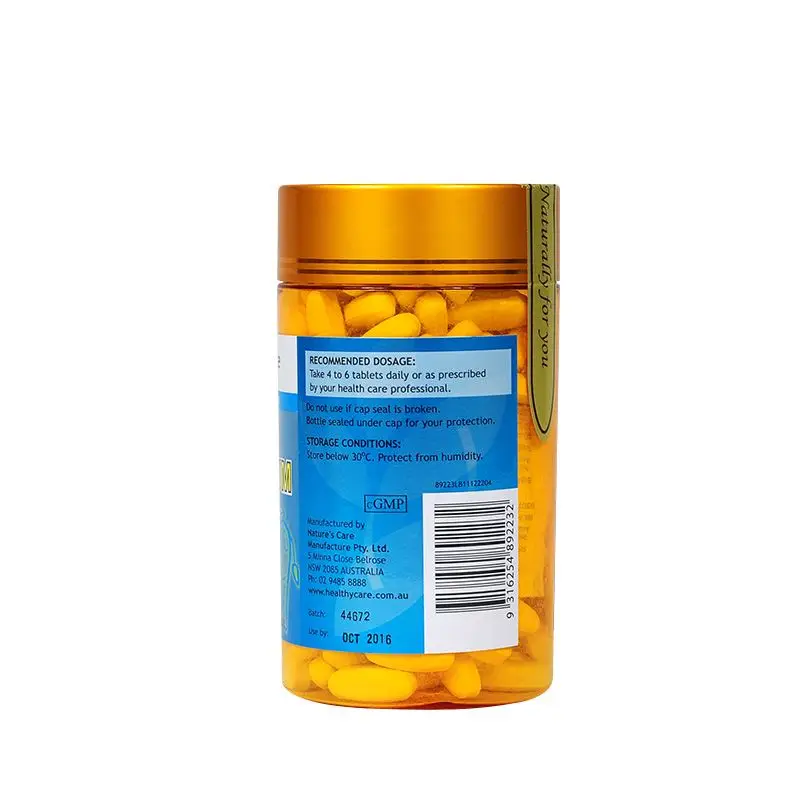Colostrum Storage Conditions

Colostrum stored in warmer conditions i e 22 c had 42 times more bacteria present and a ph that was 0 85 units lower and resulted in a serum igg concentration that was almost 2 times lower compared with colostrum that was pasteurized untreated or stored at 4 c for 2 d.
Colostrum storage conditions. Storing colostrum in warmer conditions significantly alters both total bacteria count and ph. Many beneficial components in colostrum don t take kindly to drying processing powdering handling and storage similar to probiotics and whey protein powder. Don t pool raw colostrum. The ph of colostrum was not significantly altered when stored at temperatures 13 c but when stored at 20 c the ph significantly decreased after 24h of storage.
Countertop 77 f 25 c or colder room temperature refrigerator 40 f 4 c freezer 0 f 18 c or colder. Within 6 months is best up to 12 months is acceptable. Bovine colostrum is a supplement made from a milky fluid that s released from the udders of cows shortly after they ve given birth. Colostrum can be stored in the fridge or the freezer.
Consult with your veterinarian if you have questions. Storage and shelf life. Up to 4 days. With colostrum supplements a number of problems present themselves.
Storing colostrum in the freezer gives longer shelf life however it will take longer to thaw and warm to body temperature. Here are five tips to ensure you re storing and handling colostrum properly. Even if the colostrum is going straight into storage it should never be pooled according to kimberley morrill phd regional dairy specialist cornell cooperative extension. Freshly expressed or pumped.
According to nahms of the producers storing colostrum 21 percent are storing it in the fridge while 73 percent are using the freezer. Store dry powder in a tightly closed container in a cool dry place. Consequently colostrum should be stored at 4 c. Colostrum is a complex mixture of proteins lipids simple carbohydrates primarily lactose vitamins and minerals.
Type of breast milk. Burrin et al 1996. If you don t have any colostrum available we recommend a colostrum replacer. Yamanaka et al 2003.
Up to 1 day 24 hours. Best if used within 12 months of date. Up to 4 hours. Storage location and temperatures.
Feed or refrigerate colostrum within one hour of collection. Their ease and efficacy makes colostrum replacers a good alternative to keeping a colostrum bank on the farm. This article reviews the nutrition benefits and possible. Human milk storage guidelines.
Several of these factors including immunoglobulins growth factors and cytokines can influence immune and gastrointestinal development following colostrum consumption in the first day of life ingram et al 1956. Colostrum from pastured animals given no antibiotics or growth hormones is always optimal.










































